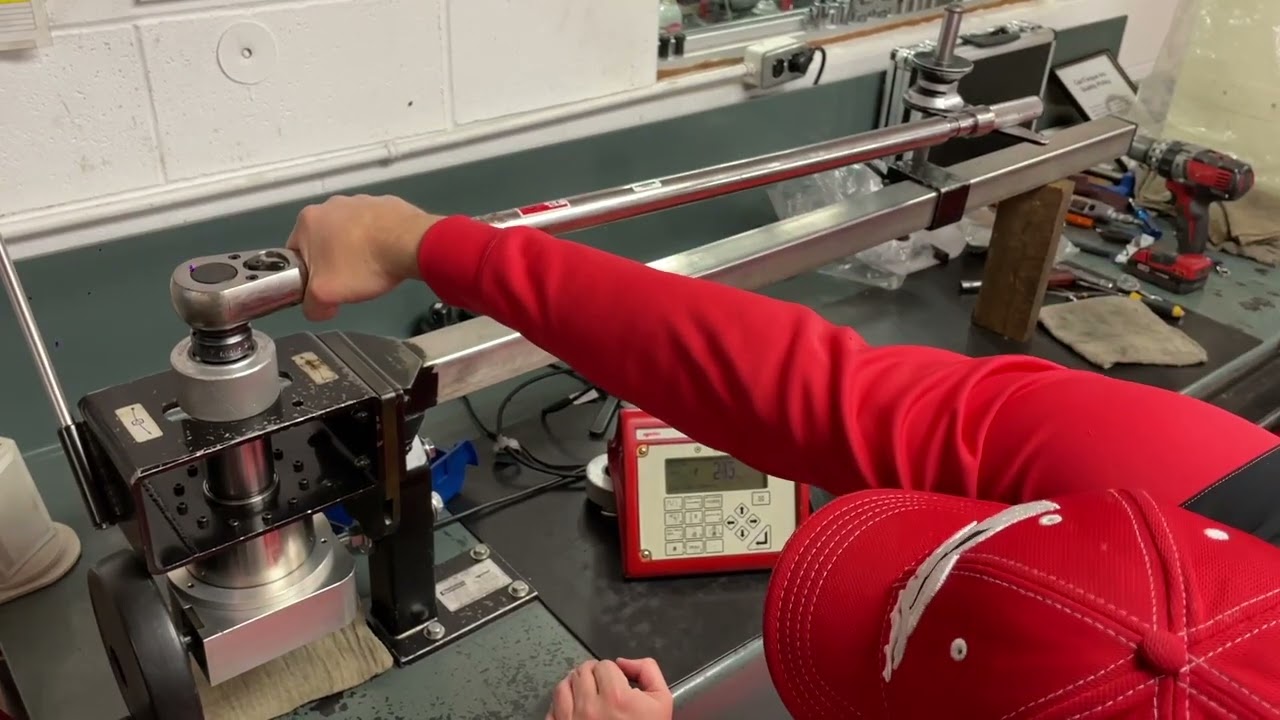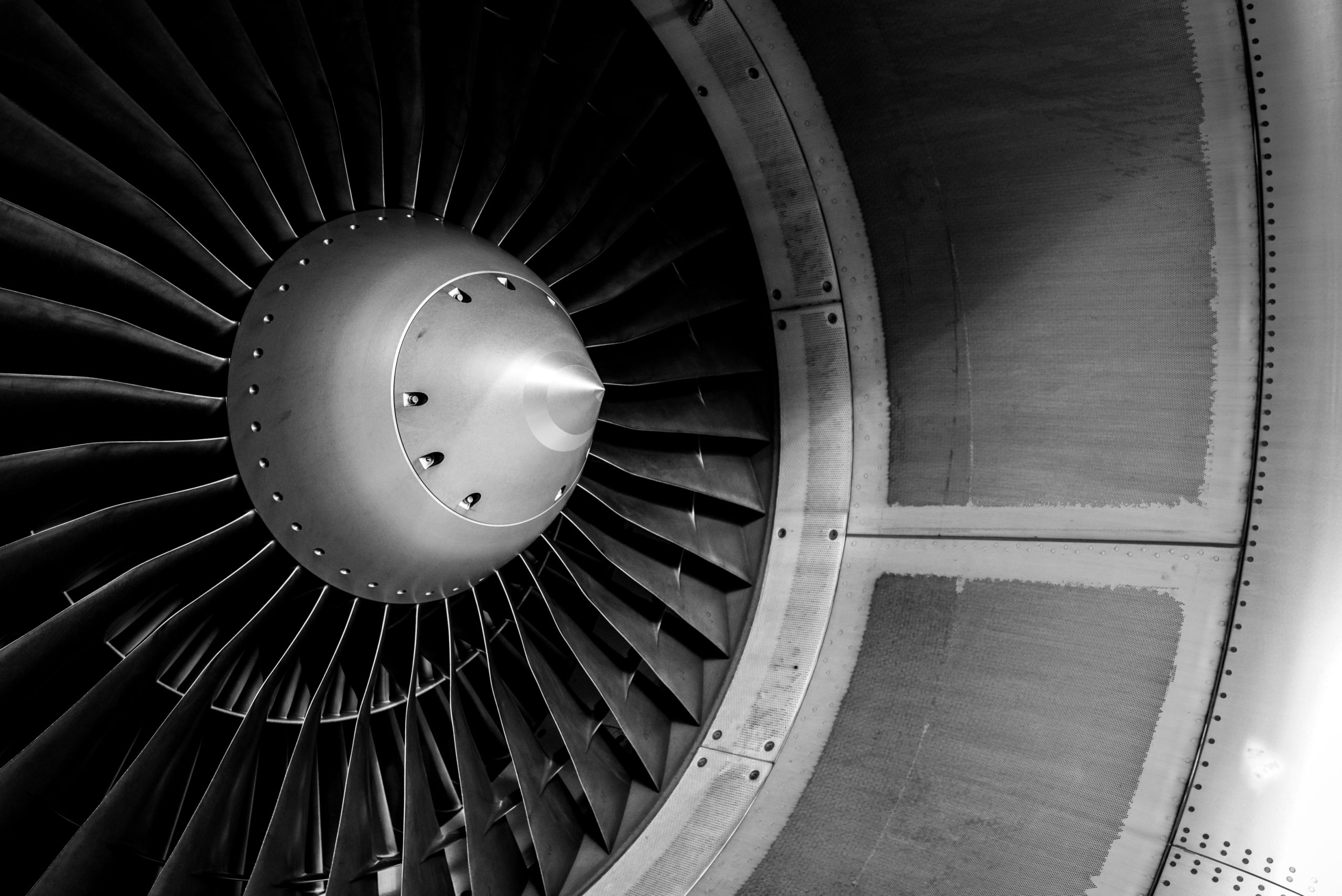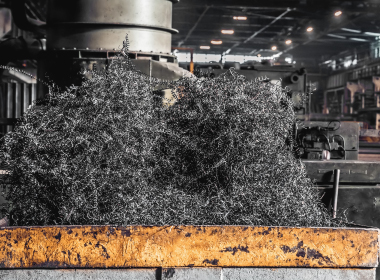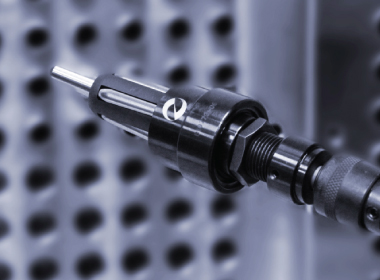Precision In Practice: When To Roll To Torque Vs. Size In Mechanical Joining
Taceana Zelaya2025-08-07T13:02:54-05:00Mechanical joining is a fundamental manufacturing process used to create a tight seal between tubular products and their corresponding a fittings or flanges. This method relies on compressing the tube’s outer diameter against a fixed container, forming a secure and leak-tight seal. A key decision in this process revolves around whether to roll to size or roll to torque, each of which offers advantages in certain applications.





